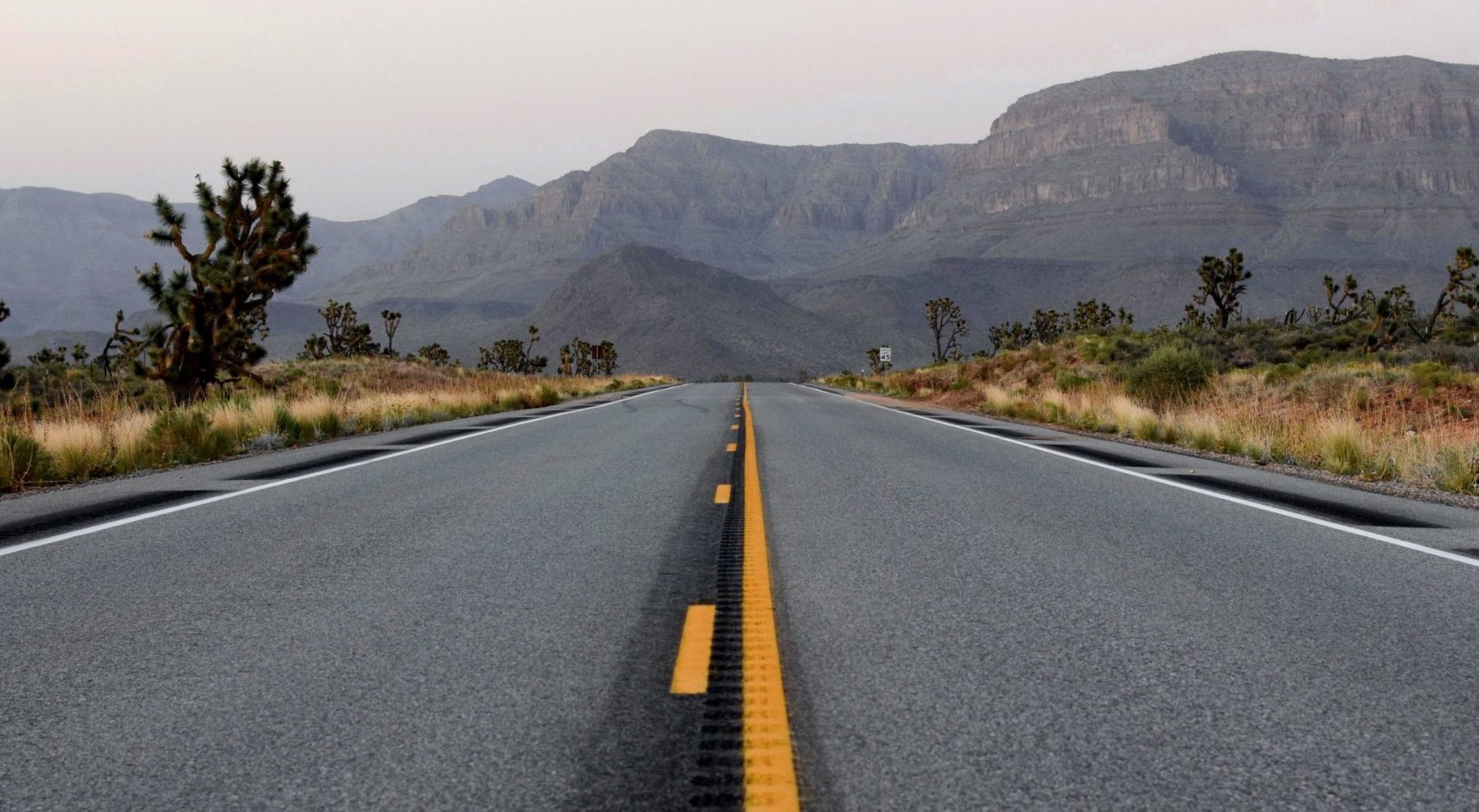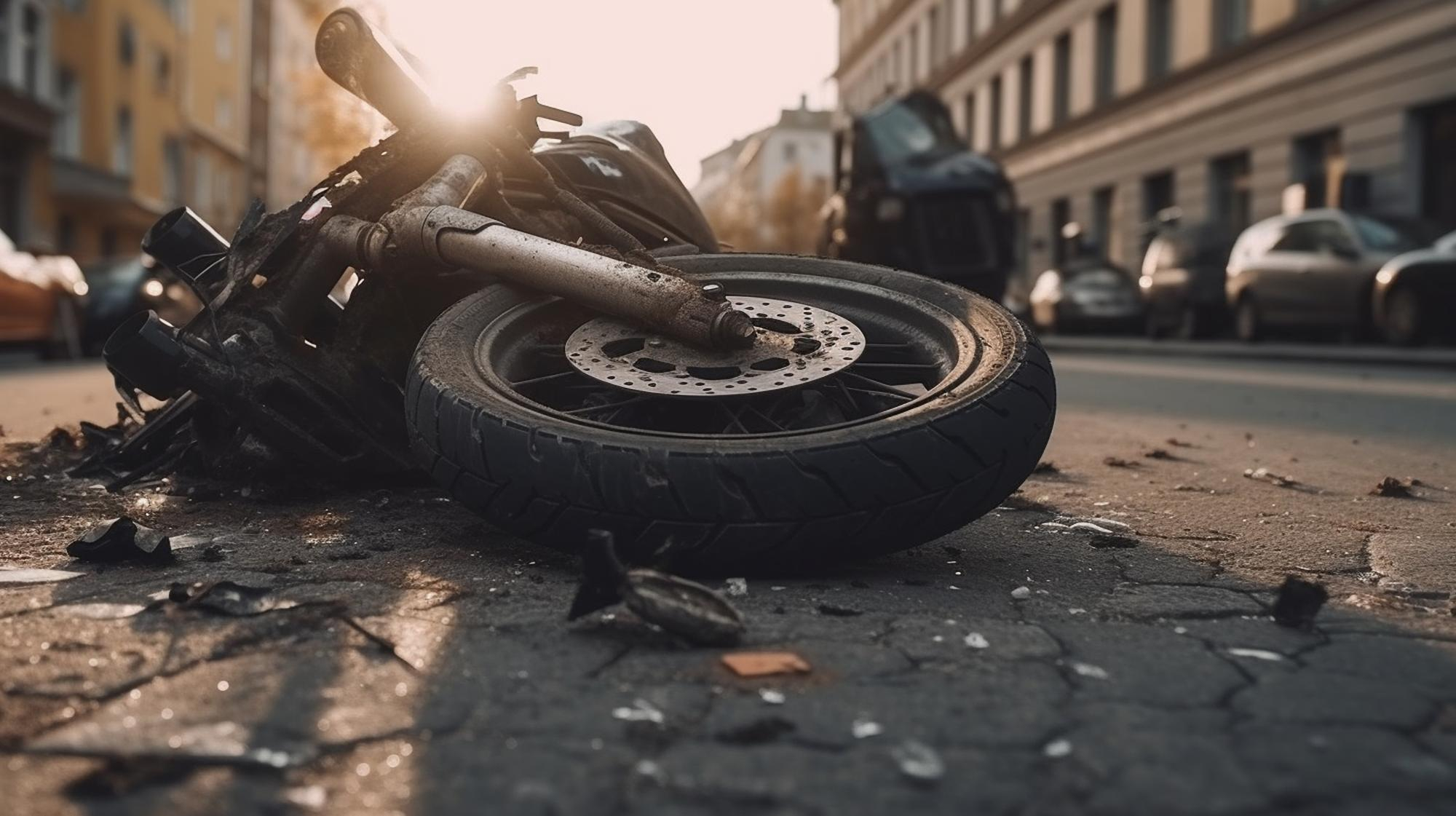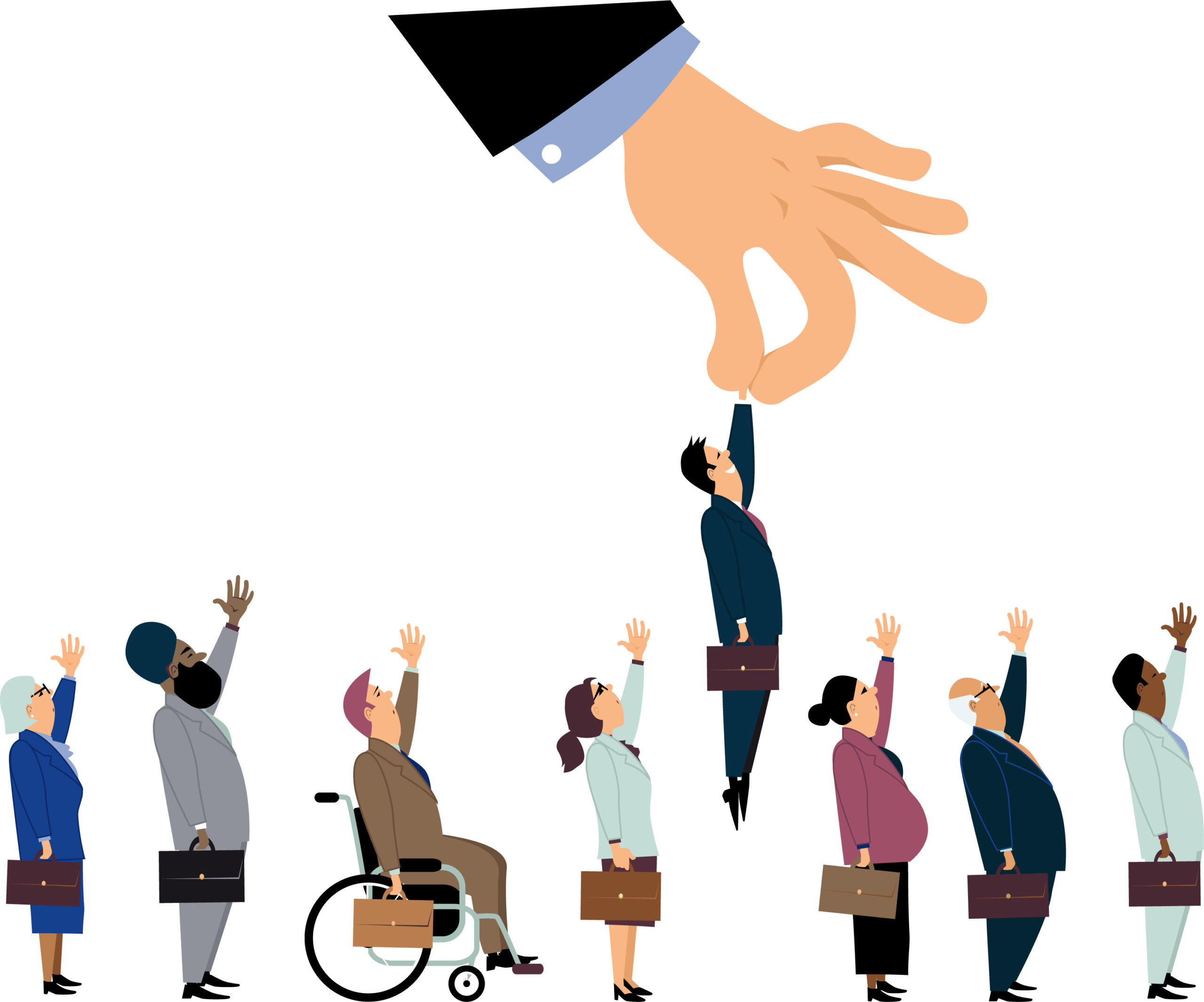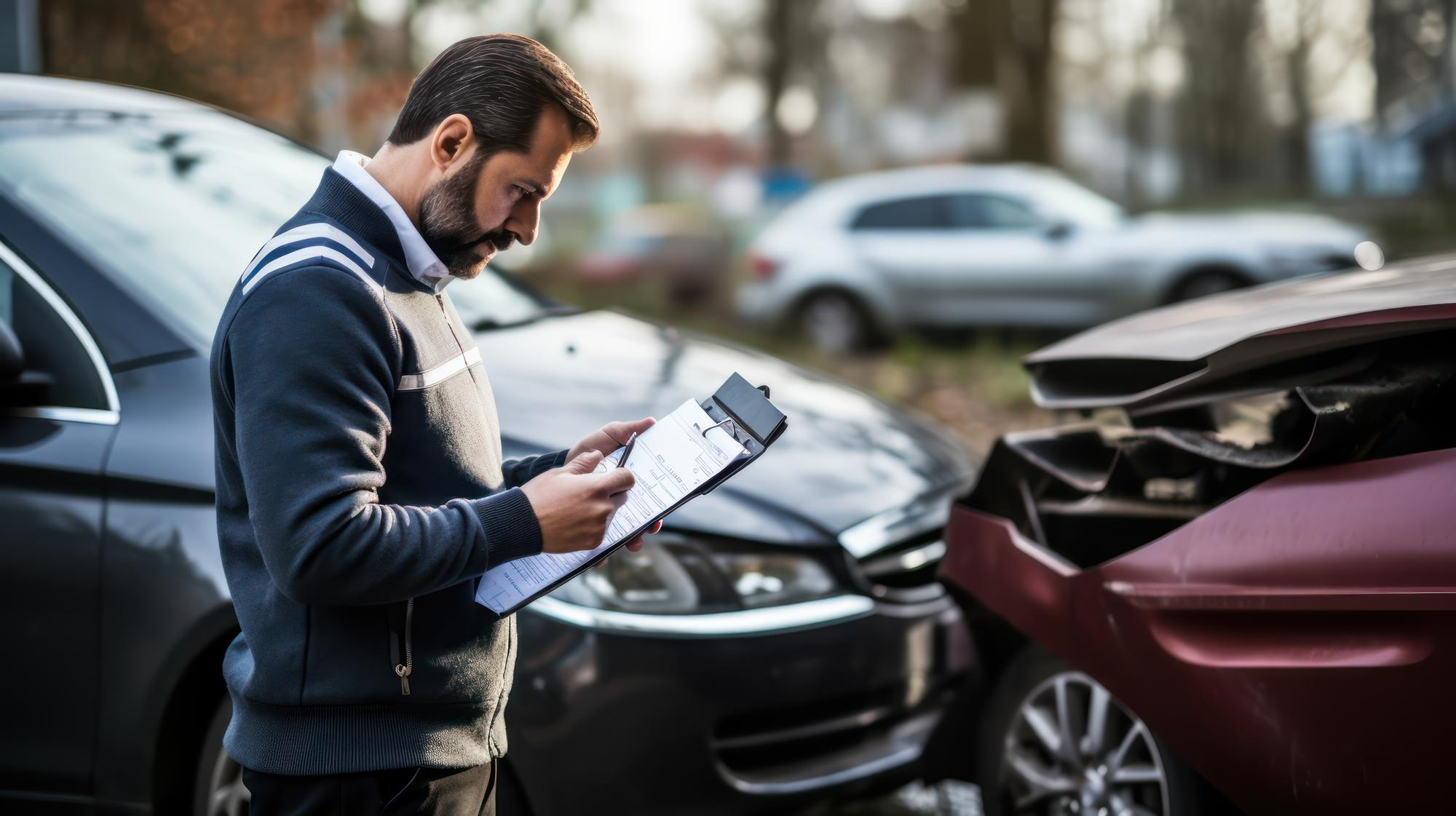Riding a motorcycle has become an increasingly popular option for commuters in California, not only because it saves money on gas but also because it allows riders to navigate through the state’s notoriously congested traffic. One technique that motorcyclists use to save time is lane splitting, which involves riding between lanes of slow or stalled traffic. This practice can significantly reduce travel time for motorcyclists and help alleviate congestion during rush hour traffic.
Lane splitting was codified on January 1, 2017, in California Vehicle Code 21658.1 VC. Despite its legality, lane splitting remains a topic of debate due to the potential risks and misunderstandings between motorcyclists and other drivers. Understanding the legal framework and safety considerations surrounding lane splitting is crucial for both motorcyclists and other road users to ensure a safer driving environment.
If you have been injured, call us today at (866) 936 7349 to schedule a free consultation
What is Lane Splitting in California?
Lane splitting is a practice where a motorcyclist rides between two lanes of traffic that are moving in the same direction. This is usually done to navigate through slow-moving or stopped vehicles. This maneuver allows motorcyclists to bypass traffic jams in order to reach their destinations faster. In California, lane splitting is legal and can be performed on highways with two or more lanes where traffic is moving in the same direction.
The practice of lane splitting, while beneficial for reducing travel time and potentially easing traffic congestion, requires careful execution. Motorcyclists must ensure they split lanes safely, avoid passing in areas with curves or turns, and assess the speed of surrounding vehicles while doing so. Lane splitting can be dangerous when done improperly, but the CHP and other traffic organizations have endorsed the safety of lane splitting when done correctly. However, it is still an advanced maneuver that should be approached with caution even by experienced riders.
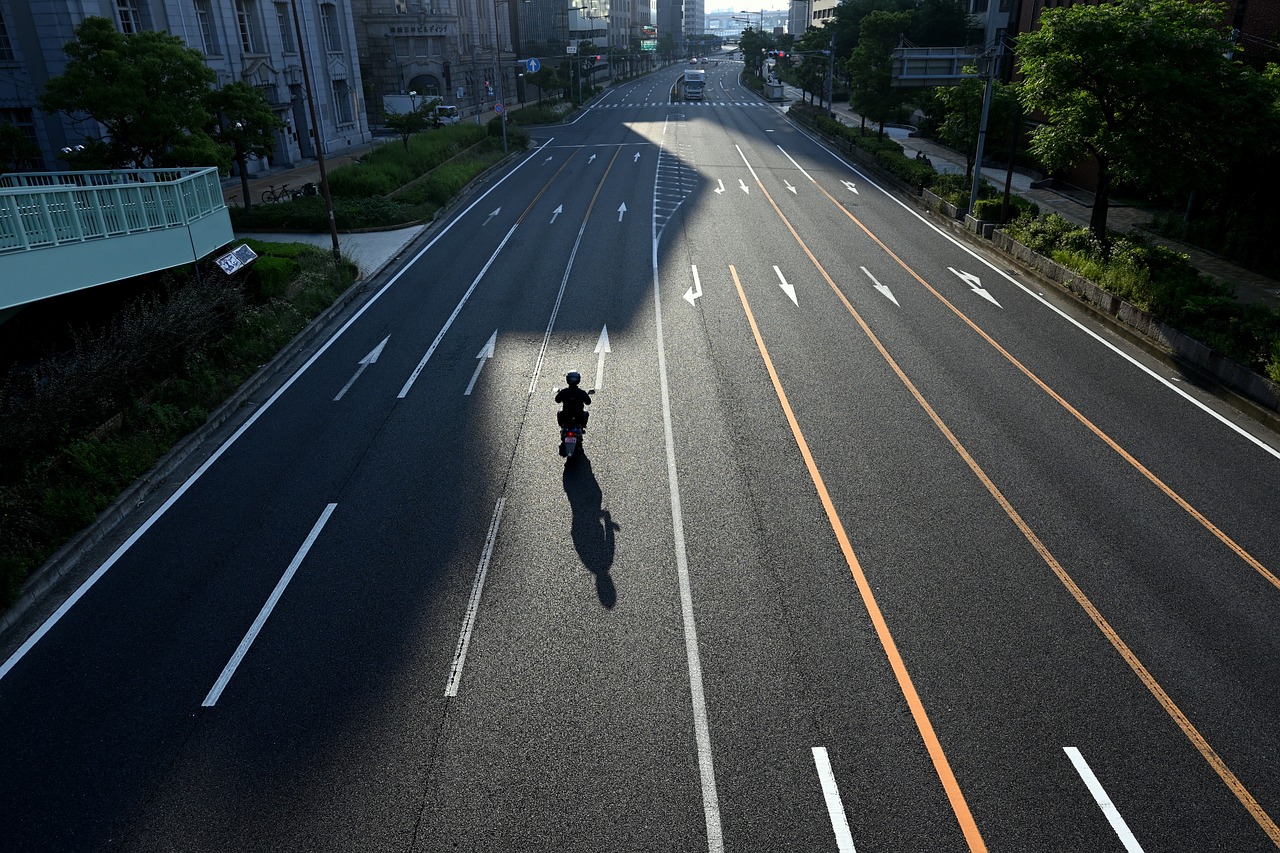
California Lane Splitting Laws in 2024
Lane splitting in California is defined by California Vehicle Code section 21658.1 [1], which was added effective January 1, 2017. This law makes California the first state in the U.S. to recognize lane splitting and legalize it as a measure to alleviate traffic congestion.
“(a) For the purposes of this section, “lane splitting” means driving a motorcycle, as defined in Section 400, that has two wheels in contact with the ground, between rows of stopped or moving vehicles in the same lane, including on both divided and undivided streets, roads, or highways.
(b) The Department of the California Highway Patrol may develop educational guidelines relating to lane splitting in a manner that would ensure the safety of the motorcyclist and the drivers and passengers of the surrounding vehicles.
(c) In developing guidelines pursuant to this section, the department shall consult with agencies and organizations with an interest in road safety and motorcyclist behavior, including, but not limited to, all of the following:
(1) The Department of Motor Vehicles.
(2) The Department of Transportation.
(3) The Office of Traffic Safety.
(4) A motorcycle organization focused on motorcyclist safety.”
Why is Lane Splitting Legal in California?
Lane splitting is legal in California because the state recognizes this practice as a useful tool to decrease traffic congestion since the volume of traffic is much higher than in other states. As of 2021, Los Angeles is ranked as the sixth most congested urban area in the United States. On average, a study from 2018 found that Los Angeles commuters lost 82 hours in traffic [2]; that’s over double the national average of 36 hours. With lane splitting, a motorcyclist isn’t taking up a vehicle space on the road because they are sharing the lane with another driver or driving between the lanes. Essentially, lane splitting reduces the number of vehicles in a freeway lane and results in less overall traffic for California drivers.
Reasons for Lane Splitting
- Traffic Congestion Reduction: Lane splitting helps alleviate congested traffic, particularly in urban areas. By allowing motorcycles to move between lanes of stopped or slow-moving vehicles, overall traffic flow is improved which reduces the time motorists spend in traffic jams.
- Mitigating Heat Exposure to Motorcyclists: California’s warm weather can pose a serious risk to motorcyclists stuck in traffic. Lane splitting allows riders to avoid prolonged exposure to extreme heat, thereby reducing the risk of heat-related health issues.
- Safety Considerations: Studies have shown that when done responsibly and within reasonable speed limits, lane splitting can enhance motorcyclist safety. It reduces the risk of rear-end collisions which are common in stop-and-go traffic situations [3].
- Tradition and Rider Acceptance: Lane splitting has been a long-standing practice in California and experienced riders have come to accept it as part of their riding experience. Legalizing lane splitting acknowledges this tradition and integrates it into the state’s traffic management strategies.
If you have been injured, call us today at (866) 936 7349 to schedule a free consultation
Is Lane Splitting Dangerous?
The safety of lane splitting is a topic of debate, with arguments on both sides. Some believe that lane splitting increases the risk of accidents, while others argue that it can actually enhance motorcyclist safety. A study from UC Berkeley’s Safe Transportation Research and Education Center found that 17% of motorcycle accidents involved lane splitting over a two-year period [4]. Those same studies indicated that accidents and injuries increased dramatically when either speeds at which lane splitting occurred exceeded 50 mph or when the speed differential exceeded 15 mph. To increase motorcycle safety, the speeds that are recommended for lane splitting by the California Motorcycle Safety Program (CMSP) [5] are:
- 30 mph or less traffic flow
- 10 mph or less speed differential
However, the risk of a crash and injury increases dramatically when lane splitting is done at higher speeds, higher speed differentials, or when other drivers are unaware of motorcyclists’ presence.
Critics of lane splitting still point out several risks that put motorcyclists and other drivers in danger:
- Sideswipes: The close proximity to other vehicles increases the chance of side collisions.
- Merging Collisions: Motorcyclists can be hit when other drivers merge without noticing them.
- Rear-End Collisions: Although less common, motorcyclists can still be rear-ended if they suddenly slow down or stop.
- Blind Spot Crashes: Drivers might not see motorcyclists in their blind spots, which can cause accidents during lane changes.
Supporters, on the other hand, highlight that lane splitting can reduce the risk of rear-end collisions and help reduce congestion during rush hour traffic. They also note that motorcyclists who practice lane splitting tend to wear better protective gear and motorcycle helmets that meet safety standards, travel at safer speeds and during commuting hours, and are less likely to be in severe accidents or driving under the influence. Ultimately, the key to safe lane splitting lies in responsible riding practices like maintaining a safe speed differential and being highly aware of surrounding traffic conditions.
Lane Splitting Safety
Lane splitting is legal in California and all drivers must share the road with motorcyclists practicing this maneuver. However, legality does not grant motorcyclists the freedom to ride recklessly. All motorcyclists have a duty to exercise reasonable caution and adhere to safety guidelines to ensure a safe lane splitting experience for themselves and other California road users.
What Are the 4 “R’s” of Lane Splitting?
According to the CMSP, the 4 “R’s” of lane splitting are guidelines designed to promote safe and responsible lane splitting practices. They include being Reasonable, Responsible, Respectful, and aware of Roadway conditions [6].
- Reasonable: Ride at a speed that is no more than 10 MPH faster than the flow of traffic and not exceeding 30 MPH. This standard of care helps ensure that motorcyclists can react appropriately to any sudden changes in traffic conditions.
- Responsible: Motorcyclists must take responsibility for their own safety and decision-making. This means avoiding dangerous situations and not attempting to split lanes if there isn’t enough space.
- Respectful: Sharing the road is a mutual responsibility. Motorcyclists should not rely on loud pipes to signal their presence as they can startle other drivers. Additionally, other vehicles are not obligated to make space for motorcycles so riders must navigate respectfully.
- Roadway Conditions: Motorcyclists need to be vigilant about the conditions of the road and traffic. Hazards such as uneven pavement, wide trucks, distracted drivers, weather conditions, and curves require extra caution when lane splitting.
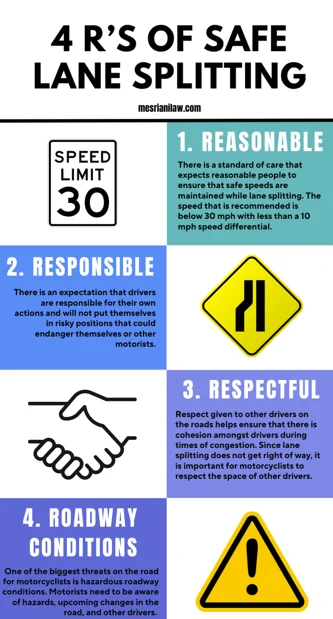
Lane Splitting Safety Tips
Lane splitting requires motorcyclists to exercise extreme caution and follow specific safety guidelines to ensure their own safety and that of other road users. Here are some essential lane splitting safety tips:
Consider the Environment:
- Assess lane width, surrounding vehicle sizes, and current roadway, weather, and lighting conditions.
- Avoid lane splitting near wide vehicles like trucks and buses.
- Stay off the shoulder as riding on it is illegal and not considered lane splitting.
Maintain Visibility:
- Wear brightly colored or reflective protective gear and use high beams during daylight to increase visibility.
- Avoid lingering in blind spots and between vehicles for too long.
Speed and Spacing:
- Do not exceed 10 mph faster than the surrounding traffic.
- Avoid lane splitting when traffic flows at 30 mph or faster, as higher speeds increase danger.
- It is generally safer to split lanes between the far-left lanes rather than the middle or right lanes.
Be Alert and Prepared:
- Continuously scan for changing road conditions and be prepared to take evasive action if necessary.
- Watch for gaps in traffic and be ready to react if a vehicle changes lanes.
- Stay vigilant for inattentive or distracted drivers.
If you have been injured, call us today at (866) 936 7349 to schedule a free consultation
How Fast Can You Lane Split?
In California, motorcyclists can legally lane split but it must be done at safe speeds. State guidelines recommend that motorcyclists should not exceed a speed differential of more than 10 mph faster than the surrounding traffic. Additionally, lane splitting should only be performed when traffic is moving at 30 mph or less. These recommendations aim to give riders enough time to identify and react to potential hazards which should enhance motorcyclists’ safety.
Exceeding these speed limits [7] increases the risk of accidents as higher speeds reduce the time available for a motorcyclist to react to sudden changes or obstacles. While there are no strict legal speed limits specifically for lane splitting, law enforcement officers have the discretion to determine if a motorcyclist is driving safely based on the conditions and their speed relative to other traffic. Therefore, motorcyclists must use their judgment and adhere to these guidelines to ensure their safety and the safety of others on the road.
Can You Lane Split on the Highway?
Lane splitting is legal on highways in California. The practice is recommended primarily in situations where traffic is moving slowly or is stopped. Motorcyclists are advised to avoid lane splitting in traffic moving faster than 30 mph, which is often the case on highways except during heavy congestion. While there is no specific law prohibiting lane splitting on highways, the general safety guidelines still apply. Motorcyclists should adhere to the recommended speed differential and be particularly vigilant of the higher risks associated with highway driving. These include faster-moving vehicles, larger vehicles such as trucks and buses, and frequent lane changes. Exercising caution and judgment is crucial to safely navigate lane splitting on highways.
When is it Not Ok to Split Lanes on a Motorcycle?
Lane splitting should be avoided in certain situations to ensure the safety of both the motorcyclist and other road users. Here are key instances when it is not safe to split lanes:
- If You Can’t Fit: Avoid lane splitting if there is not enough space to safely navigate between vehicles.
- At a Toll Booth: Do not attempt to split lanes at toll booths where lanes narrow and traffic can be unpredictable.
- If Traffic is Moving Too Fast or Unpredictably: Lane splitting is unsafe when traffic speeds exceed 30 mph or when traffic behavior is erratic.
- Under Dangerous Road Conditions: Avoid splitting lanes if the road is wet, gritty, or has slippery markings, uneven pavement, metal grates, or ongoing construction.
- Limited Visibility: Do not split lanes if a van, SUV, or other large vehicle is blocking your view, preventing you from seeing potential hazards ahead.
- Between Large Vehicles: Avoid lane splitting between trucks, buses, RVs, and other wide vehicles that can reduce space and increase danger.
- Around Curves: Do not split lanes around or through curves where visibility and control are reduced.
- If Not Fully Alert: Refrain from lane splitting if you are not fully alert and aware of your surroundings or if you feel uncomfortable with the situation.
- Inability to React Quickly: Avoid lane splitting if you are unable to react instantly to changing conditions.
What Happens if a Lane Split Leads to a Motorcycle Accident?
If a lane split leads to a motorcycle accident, determining fault is crucial for resolving the case and securing any compensation. California follows the fault rule, meaning that the party responsible for the accident must be identified before any compensation can be awarded. In the event of an accident caused by lane splitting, it is essential for the motorcyclist to seek legal counsel to help establish fault and hold the other driver accountable if they were negligent.
While lane splitting is legal in California, it must be performed safely. Accidents resulting from negligent lane splitting can lead to serious consequences and victims need to understand their rights to claim compensation for damages. An experienced attorney can provide the necessary guidance and representation to navigate the complexities of proving fault and ensuring the at-fault driver or rider is held liable for their actions. If you are involved in a lane-splitting accident, consulting with a knowledgeable lawyer is a critical step in protecting your rights and securing the compensation you deserve.
What Should You Do if You Are in an Accident While Lane Splitting?
If you find yourself in an accident while lane splitting in California, it’s important to take specific steps to ensure your safety and protect your legal rights. If possible, after a lane splitting motorcycle accident, be sure to take the following steps:
- Move to Safety: Ensure the safety of yourself and the others involved. If possible, move the vehicle to safety and inspect yourself and passengers for injuries or trauma. Call 911 for medical attention if injuries are found.
- Exchange Information: Collect and exchange information with all parties involved including names, contact details, driver’s license numbers, vehicle information, and insurance details.
- Document the Scene: Take photos of the accident scene, your motorcycle, and any other vehicles involved. These photos can be crucial evidence.
- Call for Help: Call the police and get a police report because this documentation is important for insurance claims and legal proceedings.
- Seek Medical Attention: Even if injuries don’t seem severe, get inspected by a doctor. Some injuries may not be immediately apparent, and documentation is essential for any potential claims.
- Preserve Evidence: Keep all documents related to the accident including the police report, medical records, and repair estimates for your motorcycle.
- Consult a Lawyer: Consider consulting with an experienced motorcycle accident attorney. They can provide support throughout your case and ensure that you are aware of your legal rights.
- Inform Your Insurance Provider: File a report with your insurance company as soon as you can. Provide them with any necessary information truthfully.
- Withold Making Statements: Be cautious when providing information to insurance adjusters, especially those that represent the other party. Consult with your accident attorney before making any official statements on the record.
- Know Your Rights: Familiarize yourself with California’s lane-splitting laws and how they apply to your situation. Your motorcycle accident attorney will be able to help you understand your rights and responsibilities and guide you through the complex legal environment.
If you have been injured, call us today at (866) 936 7349 to schedule a free consultation
Can Lane Splitting Impact a Personal Injury Claim?
Lane splitting can significantly impact a personal injury claim in California. If you are injured in an accident while lane splitting, you can file a personal injury claim or motorcycle lawsuit against the other party involved, provided you can prove their negligence. Successful claims can lead to compensation for various losses, including medical expenses, lost wages, lost earning capacity, property damage, and pain and suffering.
However, since California follows a pure comparative negligence rule, your compensation may be reduced if you are found partially at fault for the accident. For instance, if the court determines that you were 25% at fault due to speeding or reckless driving while lane splitting, your compensation would be reduced by 25%. This means that even if lane splitting is legal, your behavior during the incident can affect the outcome of your claim. It is crucial to demonstrate that you were adhering to traffic laws and acting responsibly to maximize your chances of receiving fair compensation.
Contact Mesriani Law Group if You Have Been Injured in a Lane Splitting Motorcycle Accident
If you have been injured in a lane splitting motorcycle accident, it’s essential to seek experienced legal representation to ensure your rights are protected and to maximize your compensation. Mesriani Law Group specializes in personal injury cases and has a proven track record of helping drivers navigate the complexities of accident claims. Our dedicated attorneys are ready to provide the support and guidance you need during this challenging time. Contact Mesriani Law Group today for a consultation and let us help you secure the justice and compensation you deserve.
Sources
[1] https://codes.findlaw.com/ca/vehicle-code/veh-sect-21658-1/ [2] https://tripnet.org/wp-content/uploads/2018/08/CA_Los_Angeles_Transportation_by_the_Numbers_TRIP_Report_Aug_2018.pdf [3] https://americanmotorcyclist.com/rights/ama-board-position-statements/lane-splitting/ [4] https://www.ots.ca.gov/wp-content/uploads/sites/67/2019/06/Motorcycle-Lane-Splitting-and-Safety-2015.pdf [5] [6] [7] https://lanesplittingislegal.com/assets/docs/CHP-Lane-Splitting-Brochure.pdf
Lane Splitting FAQs
Why is lane splitting legal in California?
Lane splitting is legal in California because it helps reduce traffic congestion and can improve safety for motorcyclists by minimizing the risk of rear-end collisions. Studies have shown that when done responsibly, lane splitting can be safer for motorcyclists which makes it a practical traffic management strategy in the state's often congested roadways.
At what speed can you split lanes in California?
In California, motorcyclists can split lanes at a speed that is no more than 10 mph faster than the surrounding traffic. Lane splitting is recommended only when traffic is moving at 30 mph or less to ensure the safety of both the motorcyclist and other road users.
In what states is lane splitting legal?
As of now, California is the only state in the United States where lane splitting is explicitly legal. Although other states like Utah and Hawaii have implemented related practices such as lane filtering under specific conditions, California remains unique in its legal allowance of lane splitting.
Who is at fault in a lane splitting accident in California?
In a lane splitting accident in California, fault is determined based on the specific circumstances of the accident and the actions of both the motorcyclist and the other driver(s) involved. California follows a comparative negligence rule which means that each party's degree of fault is assessed, and compensation may be adjusted accordingly. If the motorcyclist was lane splitting responsibly and adhering to traffic laws, the other driver might be found at fault, but if the motorcyclist was speeding or acting recklessly, they could be partially or fully at fault.

